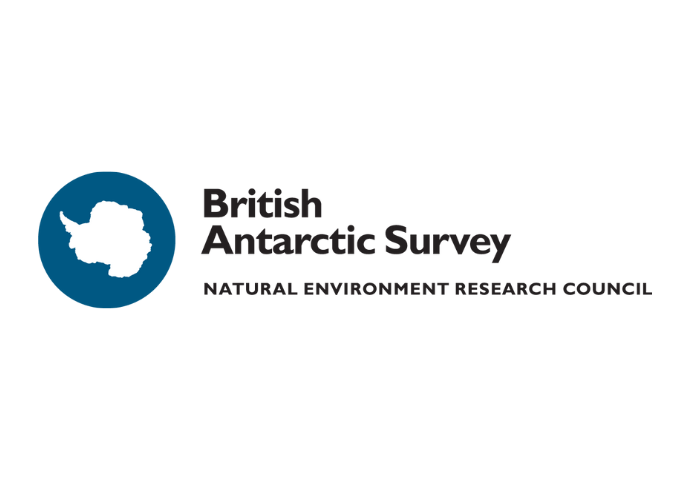Reaching a depth of 2,152m (7,060 ft), the team of BEAMISH (Bed Access, Monitoring and Ice Sheet History) engineers and scientists drilled the deepest hole ever achieved in western Antarctica to enable them to retrieve samples of ice for analysis.
In these kind of conditions only the best of equipment will do and a high-pressure hose was used to shoot 194 degree Fahrenheit water at the ice to bore the hole and large, open-topped, storage tanks were used for storing the water during the operation.
The water storage tanks, otherwise known as onion tanks, were supplied by flexible product specialists Structure-flex and offer a temporary water storage solution. Collapsible and easy to erect, their frame free design allows them to be quickly and easily deployed using a floating foam, or air-filled, collar as well as an optional cover to protect the water from UV light and prevent debris from falling in.
The achievement was 20 years in the making for the BEAMISH team who attempted to drill a similar hole in 2004 without success. The scientists have been working at their field camp location since November 2018 and Andy Smith, lead scientist at the British Antarctic Survey, admitted: "I have waited for this moment for a long time and am delighted that we've finally achieved our goal. There are gaps in our knowledge of what's happening in West Antarctica and by studying the area where the ice sits on soft sediment we can understand better how this region may change in the future and contribute to global sea-level rise."
Working in such harsh conditions is very challenging. There is a limited time window of about 24 hours where the hole is large enough to deploy instruments but after two or three days the hole has fully refrozen making the round the clock work very time-pressured.
It is not the first time that onion tanks supplied by Structure-flex have been used by the scientists working in the Antarctic. Produced in a variety of PVC and TPU coated technical textiles with a durable 630gsm protective PVC groundsheet to protect tank base, the specification meets the low temperature requirements.
Due the material remaining flexible, the tanks are ideally suited to the application and carrying handles help with the transportation. Structure-flex has a reputation for the supply of high quality bulk packaging solutions to a number of industries but also works with clients to provide the perfect product to meet individual needs.
The BEAMISH team hope their work can reveal western Antarctica's glacial history and reveal how the melting of polar ice sheets may impact global sea-levels. The Rutford Ice Stream, where the hole has been drilled, carries ice out to the ocean so studying this part of the continent is crucial for understanding the effects of climate change.
Dr Keith Makinson, a physical oceanographer at BAS, said: "We know that warmer ocean waters are eroding many of West Antarctica's glaciers. What we're trying to understand is how slippery the sediment underneath these glaciers is, and therefore how quickly they might flow off the continent into the sea."
Similar Antarctic drilling projects have found tiny animal carcasses in a subglacial lake which are imperative to mapping out the continent's potential melting timeline, a scenario that could have consequences for the rest of the globe.
Structure-flex's Managing Director Paul Reeve commented: "We work with our clients to find the best solution for their needs and our open-topped tanks are widely deployed in many unusual situations from humanitarian and military to use within the agriculture and construction sectors.
"To have our tanks used for such critical work is very special. We are very proud to have played a small part in helping the BEAMISH scientists finally achieve their goal and would like to congratulate them on such important work."
More information about Structure-flex can be found at: www.structure-flex.co.uk and more information on British Antarctic Survey can be found at www.bas.ac.uk
(Image removed)
